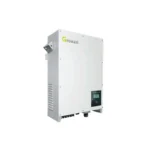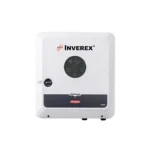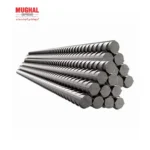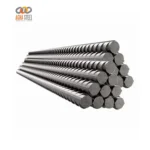Lead-acid batteries are one of the most widely used and time-tested battery technologies, known for their reliability, cost-effectiveness, and robust performance. These rechargeable batteries are commonly used in various applications, from powering vehicles and backup systems to supporting renewable energy installations. Despite the emergence of newer battery technologies, lead-acid batteries remain a popular choice due to their proven track record and versatility.
Key Features:
- Reliable Performance: Lead-acid batteries provide consistent and dependable power, making them ideal for critical applications such as automotive starting, backup power systems, and industrial equipment. Their ability to deliver high surge currents ensures that they can handle demanding tasks with ease.
- Cost-Effective: Compared to other battery technologies, lead-acid batteries are relatively inexpensive to produce and purchase. This cost advantage makes them an attractive option for both consumers and industries, especially for applications requiring large-scale battery storage.
- Durability: Lead-acid batteries are known for their robustness and ability to withstand rough handling and harsh environments. They are resistant to shock, vibration, and temperature extremes, ensuring reliable performance even in challenging conditions.
- Wide Range of Applications: From automotive batteries to uninterruptible power supplies (UPS) and renewable energy storage, lead-acid batteries are versatile and suitable for a wide variety of uses. Their ability to deliver high power makes them ideal for starting engines, while their deep-cycle variants are used in energy storage applications.
- Ease of Recycling: Lead-acid batteries have one of the highest recycling rates among battery technologies, with over 95% of the materials being recyclable. This helps reduce their environmental impact and makes them a more sustainable choice for energy storage.
Applications:
Lead-acid batteries are used in a broad spectrum of applications, including:
- Automotive: Lead-acid batteries are the standard choice for starting, lighting, and ignition (SLI) in vehicles. Their high current output makes them ideal for cranking engines, and they are used in cars, trucks, motorcycles, and other vehicles.
- Uninterruptible Power Supplies (UPS): Lead-acid batteries are commonly used in UPS systems to provide backup power during outages. Their reliability and ability to deliver immediate power make them essential for protecting sensitive electronics and maintaining operations in critical environments like hospitals, data centres, and telecommunications.
- Renewable Energy Storage: In solar and wind energy systems, lead-acid batteries are used for storing excess energy generated during the day for use at night or during periods of low energy production. Deep-cycle lead-acid batteries are preferred in these applications for their ability to be discharged and recharged repeatedly.
- Industrial Equipment: Lead-acid batteries power a wide range of industrial equipment, including forklifts, golf carts, and floor scrubbers. Their durability and ability to deliver high power make them suitable for heavy-duty applications.
- Marine and RV Applications: In marine vessels and recreational vehicles (RVs), lead-acid batteries are used for both starting engines and powering onboard electronics. Their ability to provide reliable power in remote locations makes them a popular choice for these applications.
Comparison with Other Battery Technologies:
- Versus Lithium-Ion Batteries: While lithium-ion batteries are known for their higher energy density and longer lifespan, lead-acid batteries are significantly more affordable and have a proven track record of reliability. Lead-acid batteries are also less sensitive to temperature fluctuations and are easier to recycle, making them more suitable for certain applications.
- Versus Nickel-Cadmium (NiCd) Batteries: Lead-acid batteries offer higher energy capacity and lower cost compared to NiCd batteries. While NiCd batteries can handle more charge/discharge cycles, they suffer from the memory effect, whereas lead-acid batteries do not.
- Versus Gel and AGM Batteries: Gel and Absorbent Glass Mat (AGM) batteries are advanced forms of lead-acid batteries that offer better performance in terms of deep cycling and maintenance. However, traditional lead-acid batteries are still more cost-effective and widely used in applications that do not require deep cycling.
Environmental Considerations:
Lead-acid batteries have a significant environmental impact due to the use of lead, a toxic heavy metal. However, they also have one of the highest recycling rates, with the vast majority of lead-acid batteries being recycled at the end of their life. This reduces the environmental impact and ensures that valuable materials are reused. It’s important to dispose of lead-acid batteries properly to avoid environmental contamination.





































Reviews
There are no reviews yet.